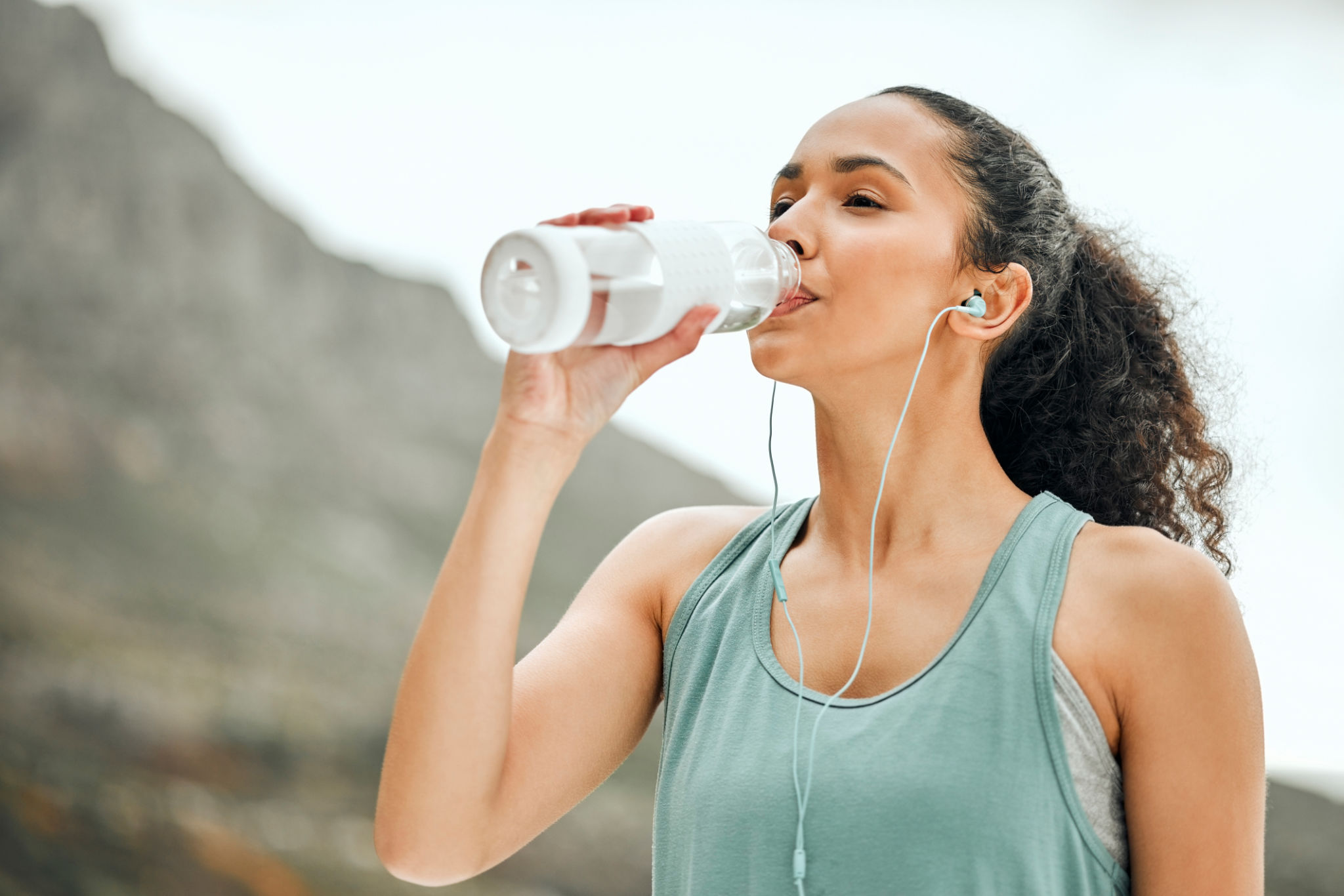The Ultimate Guide to Hydration for High School Athletes
Understanding the Importance of Hydration
For high school athletes, maintaining optimal hydration is crucial for both performance and health. Proper hydration supports energy levels, aids in muscle function, and helps regulate body temperature. Dehydration can lead to decreased performance, cramps, fatigue, and even more serious health issues.

Young athletes often underestimate their hydration needs, especially when training or competing in warm weather. It's important to develop a hydration strategy that meets the demands of their sport and individual needs.
Signs of Dehydration
Recognizing the early signs of dehydration can help prevent it from affecting performance. Symptoms may include:
- Thirst
- Dry mouth
- Dark yellow urine
- Fatigue
- Dizziness

If these symptoms occur, it's important for athletes to take immediate action to rehydrate. Ignoring these signs can lead to more severe dehydration and potential health risks.
Hydration Strategies for Athletes
Developing an effective hydration plan involves a few key strategies. First, athletes should start their day well-hydrated and continue to drink fluids consistently throughout the day. Here’s a simple guideline:
- Drink 16-20 ounces of water two hours before exercise.
- Consume 8-10 ounces of fluid every 15-20 minutes during exercise.
- Replenish with 16-24 ounces of water for every pound lost during exercise.
Electrolytes also play a vital role in hydration, especially during prolonged or intense activities. Sports drinks can be a good source of electrolytes, but it's crucial to choose options low in added sugars.

Hydrating Foods
Athletes can also incorporate water-rich foods into their diet to aid hydration. Fruits like watermelon, oranges, and strawberries, as well as vegetables like cucumbers and lettuce, have high water content. These foods not only provide hydration but also essential vitamins and minerals that support athletic performance.
Milk is another excellent option, providing both fluid and nutrients such as protein and calcium. It's particularly beneficial post-exercise for recovery.
Monitoring Hydration Levels
A simple way for athletes to monitor their hydration status is by checking their urine color. Ideally, urine should be light yellow. Darker shades can indicate dehydration, while clear urine may suggest overhydration.
Athletes should also pay attention to how they feel during training and competitions. Fatigue or a decline in performance might signal the need for additional fluids.

Conclusion
Hydration is a key component of an athlete's overall training regimen. By understanding the importance of staying hydrated, recognizing signs of dehydration, and implementing effective hydration strategies, high school athletes can enhance their performance and well-being. Prioritizing hydration will not only support their current athletic endeavors but also establish healthy habits for the future.